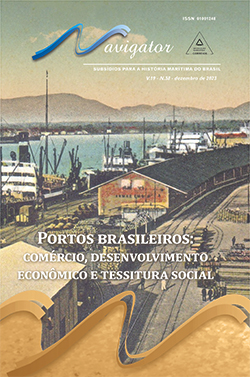Portos clandestinos e o comércio de escravizados em Sergipe:
uma proposta arqueológica da dinâmica do tráfico e suas manifestações no presente
Palavras-chave:
Portos Clandestinos, Tráfico Transatlântico, Crimes da Escravidão, Arqueologia, SergipeResumo
O presente artigo se configura como uma proposta de análise dos locais utilizados no tráfico de africanos no território de Sergipe, com ênfase nas dinâmicas portuárias e rotas comerciais que se estruturaram na Bacia Hidrográfica do Rio Real e Rio Piauí, no período de ilegalidade do comércio transatlântico, a partir de 1831 até a década de 1850. Por meio de uma práxis arqueológica que dialoga com a pesquisa histórica e a memória social quilombola, propõem-se avançar proficuamente na investigação do tráfico clandestino em Sergipe e discutir os efeitos dos crimes da escravidão na sociedade atual e, especialmente, nos portos que foram estrategicamente utilizados para o comércio de vidas negro-africanas.
















